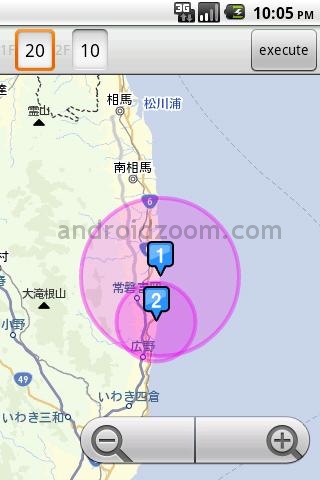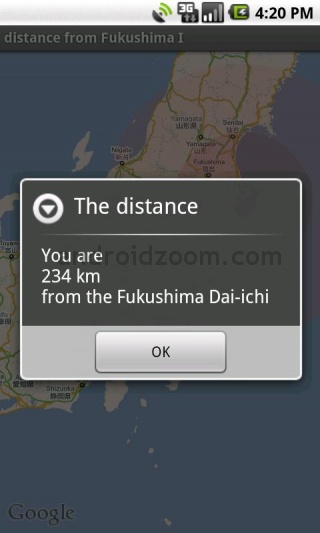By Richard Bell and Rory O'Connor
If there's one thing that's different about the ongoing nuclear disaster at Fukushima and its forerunners at Chernobyl in 1986 and Three Mile Island in 1979, it's the increase in information available to us "ordinary citizens," however confused and conflicting that information might be. The digital information revolution has disrupted the previously highly centralized world of nuclear public relations and spin, putting a stunning amount of information at our fingertips for the first time.
It used to be easier for the authorities to minimize and control the release of information than of radiation, at least in the early going after an accident. In fact, minimizing risk is one of the fundamental techniques and defining characteristics of Nukespeak--the language and associated mindset of nuclear proponents.
At Fukushima, the Japanese authorities minimized the risk right at the onset, despite their almost complete lack of knowledge about what was going on at the three plants that had been in operation when the quake struck, much less conditions in the spent fuel pools of all six reactors on the site.
And why, one might ask, were there so few instruments in and around the reactor sites that could have provided much-needed information to protect the health of the workers on site and the surrounding public? In the world of Nukespeak, if you operate from a mindset that assumes you have anticipated all possible problems, then it may not even occur to you that such instrumentation would be valuable if an accident that you had not anticipated were to occur.
Here's one example of how easily the language of minimization slips into the news, taken from the Washington Post's story on March 13, 2011:
"Japanese government officials suggested Saturday evening that a widespread radioactive leak could be avoided"."
"There were also reports of elevated radiation levels inside the control room of that reactor unit. NISA[Japan's Nuclear and Industrial Safety Agency] said levels were 1,000 times the norm. The AP later quoted an official from NISA as saying that a measurement of radiation levels outside the plant was eight times as high as normal. Even that level of radiation still posed little danger to residents, nuclear experts said. They also said the release of steam and gas from containment buildings posed little danger."[our bold]
For most of us in the U.S., out-of-sight has been out-of-mind as far as the 104 operating nuclear reactors here are concerned. But thanks to the ever-expanding glories of cellphone apps, a quick download can put an end to our ignorance in a few seconds. Just go to any Android app story (sorry iPhoners, but your version is coming soon!), and grab a free copy of NuclearWatchDawg. According to one download site, this handy app:
""uses GPS technology to identify a user's location, and then highlights the nuclear facility closest to that location. A 50 miles radius around the facility is shown, along with information including the age, power output, license and ownership of the plant. A link to more detailed information on the Nuclear Regulatory Commission website is provided when available."
Forewarned is forearmed, at least if you're interested in evaluating the evacuation plans for the nuclear reactor nearest you.
But what if the uranium has already hit the fan, and you're trying to make sense of the differences in evacuation recommendations from various governments? Japanese app developers have been on the case, with a number of competing apps priced below $1.00. With one of these apps, you can know whether you've driven far enough away from Fukushima to meet the Japan's official standard, which started off at 12 miles, or whether you need to drive a bit further to meet the conflicting United States standard for U.S. citizens in Japan of 50 miles.
These early "nuke" apps are presumably but the first of many that will soon play on the heightened anxieties around the world about the continued operation of nuclear power plants. Will the Nuclear Energy Institute be coming out with its own pro-nuclear plant app soon?
(Richard Bell and Rory O'Connor are co-authors (along with Stephen Hilgartner) of Nukespeak: Nuclear Language, Myths, and Mindset.")






